Out of sight: No eye for an eye
Public hospitals in the federal capital are not equipped to handle the growing number of eye patients.

A senior ophthalmologist at Polyclinic Hospital, Dr Iqra Waqas, and a senior ophthalmologist at Pakistan Institute of Medical Sciences (Pims), asking not to be named, told The Express Tribune that there is a need to either establish a state-of-the-art eye hospital in the city or strengthen the existing eye departments at government hospitals.
They said that the current resources were not adequate to deal with the number of patients visiting the departments every day.
Dr Waqas said that more than 250 patients visit the eye department at Polyclinic Hospital daily. However the space allocated to the department was not adequate to accommodate all of them.
“Three, sometimes four, eye specialists sit and attend patients in a small room. Besides this, the equipment is also placed in the same room, making it very congested,” she said.
Moreover eye patients coming for surgeries have to endure long waits due to unavailability of separate operating theatres, she added.
Both the doctors were of the view that the government neglected Ophthalmology Departments at public hospitals, because eye problems are considered a minor inconvenience by Pakistanis.
Dr Sharif Astori, spokesperson for Polyclinic Hospital, said that the eye department of the department had 10 beds, which is insufficient considering the large influx of eye patients.
A senior ophthalmologist at Pims who preferred not to be named said, “Currently we have only four eye specialists in Pims. Although 12 additional positions were approved, appointments have not been placed due to shortage of funds.”
He added that the approved PC-I of the hospital stated that a separate eye facility would be established within the hospital, but nothing has been done in this regard.
Mind your eye
There has been an increase in eye diseases in Pakistan over the past few years. This rise can be attributed to the increase in pollution, allergies, unhygienic conditions and a general lack of awareness, according to doctors.
Currently Al-Shifa Trust, a non-governmental organisation, runs a group of hospitals catering to eye patients in Rawalpindi, Sukkur, Kohat and Muzaffarabad.
Mehmood Hussain, administration supervisor at Al-Shifa Eye Trust in Rawalpindi, said that the trust had about 60-70 ophthalmologists in total.
“Every day about 350-400 patients from across the country visits the trust and are checked by the eye specialists well on time,” he said. He added that doctors at the trust hospitals perform about about 70-80 surgeries daily. The number of patients needing surgery, however, is much more, which results in long waiting periods.
Niazullah, country director of Sight Saver International, an NGO providing eye care to poor people in Pakistan, said, “There is a need to overcome the shortage of human resources; otherwise it would be impossible to achieve the goal of vision 2020, which aims to eradicate avoidable blindness in the next ten years.”
He added that there is a need to standardise the ophthalmology curriculum at both public and private medical institutes. He also stressed the need for developing an eye management information system in order to collect data on eye-related diseases and patients across the country.
National Programme for Prevention & Control of Blindness Project’s Director Dr Saqlain Ahmad agreed that there is an acute shortage of ophthalmologists in the country.
“To facilitate eye patients, the Ministry of Health will soon be launching a new referral pathway under which patients will be guided about the nature of their eye disease and the hospitals they can get treatment from,” he said.
He added that according to the National Blindness Survey (2002 - 2004), there are 1,500 eye specialists throughout the country.
The prevalence of blindness was found to be 1 per cent, which means that at least 1.5 million Pakistanis are blind in both eyes. Approximately 80 per cent of these people suffer from either preventable or treatable blindness, Dr Ahmad said.
Published in The Express Tribune, December 30th, 2010.

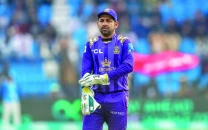

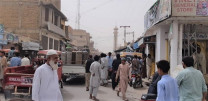
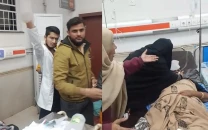
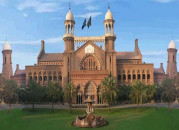











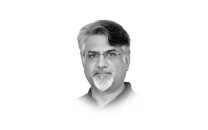
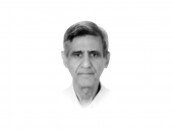
COMMENTS
Comments are moderated and generally will be posted if they are on-topic and not abusive.
For more information, please see our Comments FAQ